Kayaking in Texas State Parks
Tuesday, September 17th, 2019This is Passport to Texas
Have you always wanted to learn to kayak? Then we have some great news! Ten state parks teach the basics of this paddling sport to interested park visitors.
Getting out on the water is something a lot of people haven’t tried because they don’t have the equipment.
Ben Horstmann is with Texas Parks and wildlife. He says each park that offers these classes provide attendees with a kayak, paddle and life jacket for the duration of the lesson.
So, this is an opportunity for us to give them the equipment and show them how much fun it can be.
If you go, you’ll learn the basics in a safe, ranger-led environment.
At state parks, for the most part, you pay your entry fee when you go into the park and the program is free.
Each park is different and so each offers a unique experience. Yet, all offer instruction in safety and basic paddling techniques as well as tours with rangers.
A lot of them, when they get out, are saying … Hey, how can I do this again. And that’s really the goal of this, to introduce them to a great way to use the park. You’re going to see things that would never see hiking. Paddling out to some of the islands you can see that they are just filled with life. The best part of kayaking is giving people a look at those resources that they would just never see before.
Find paddling opportunities in the calendar section of the Texas Parks and Wildlife website.
For Texas Parks and Wildlife…I’m Cecilia Nasti.
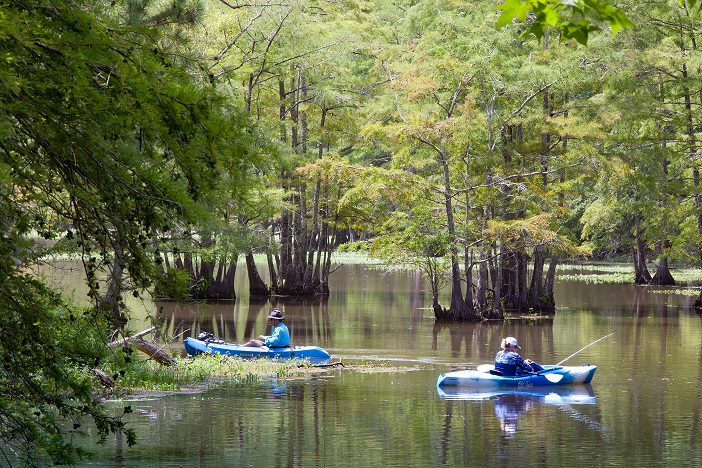

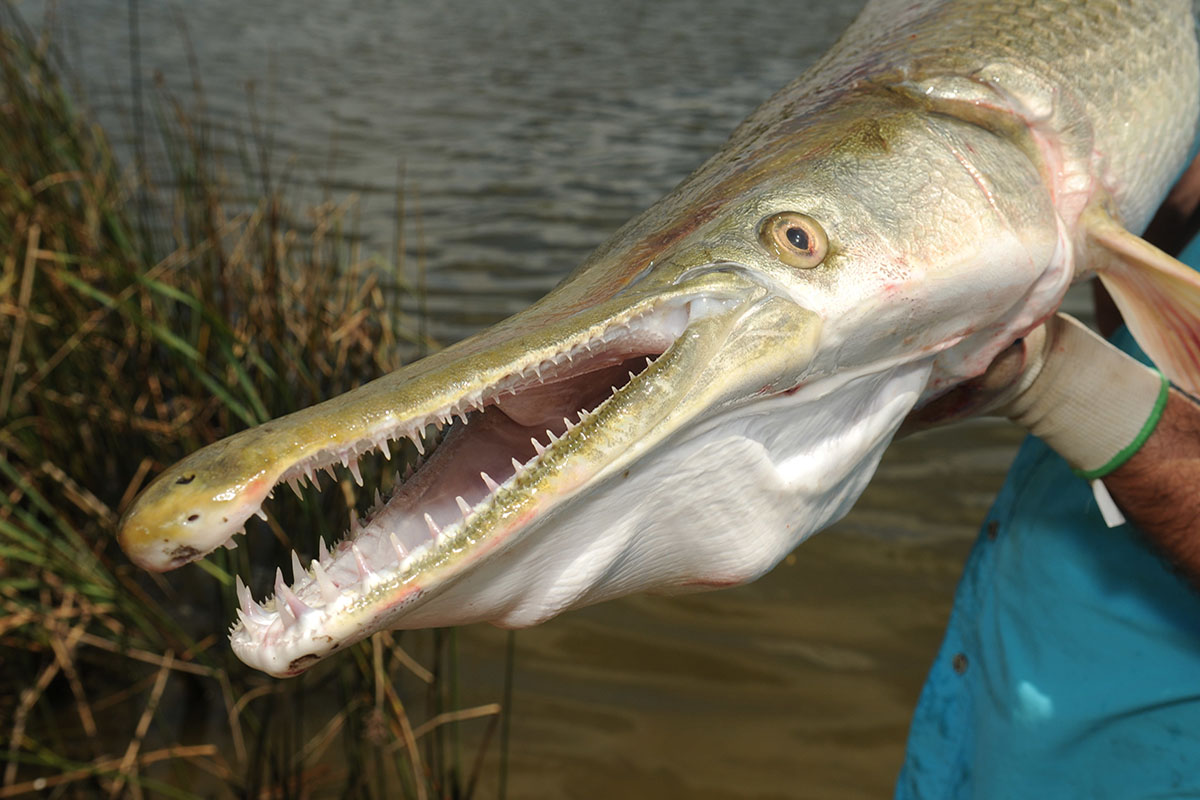
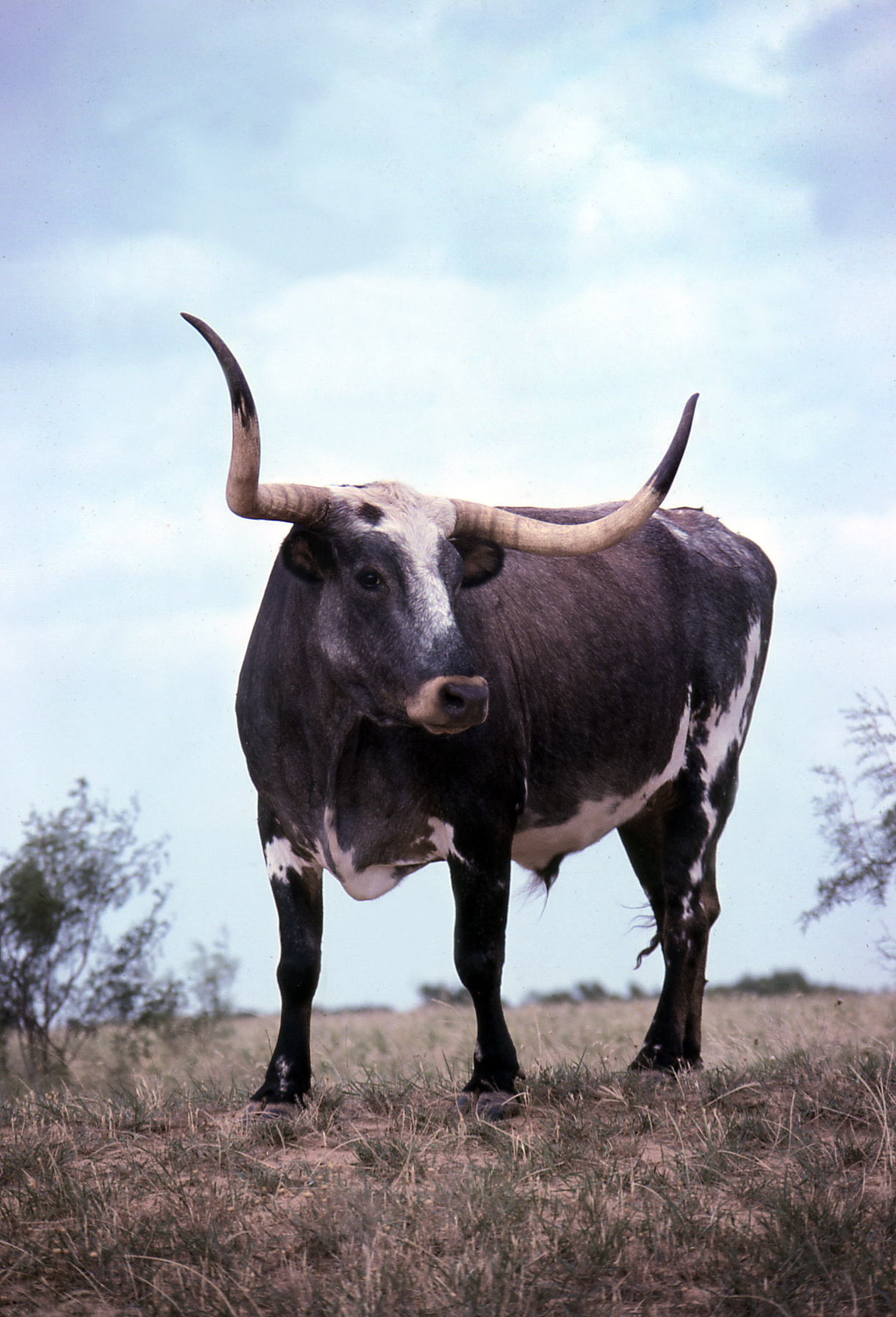
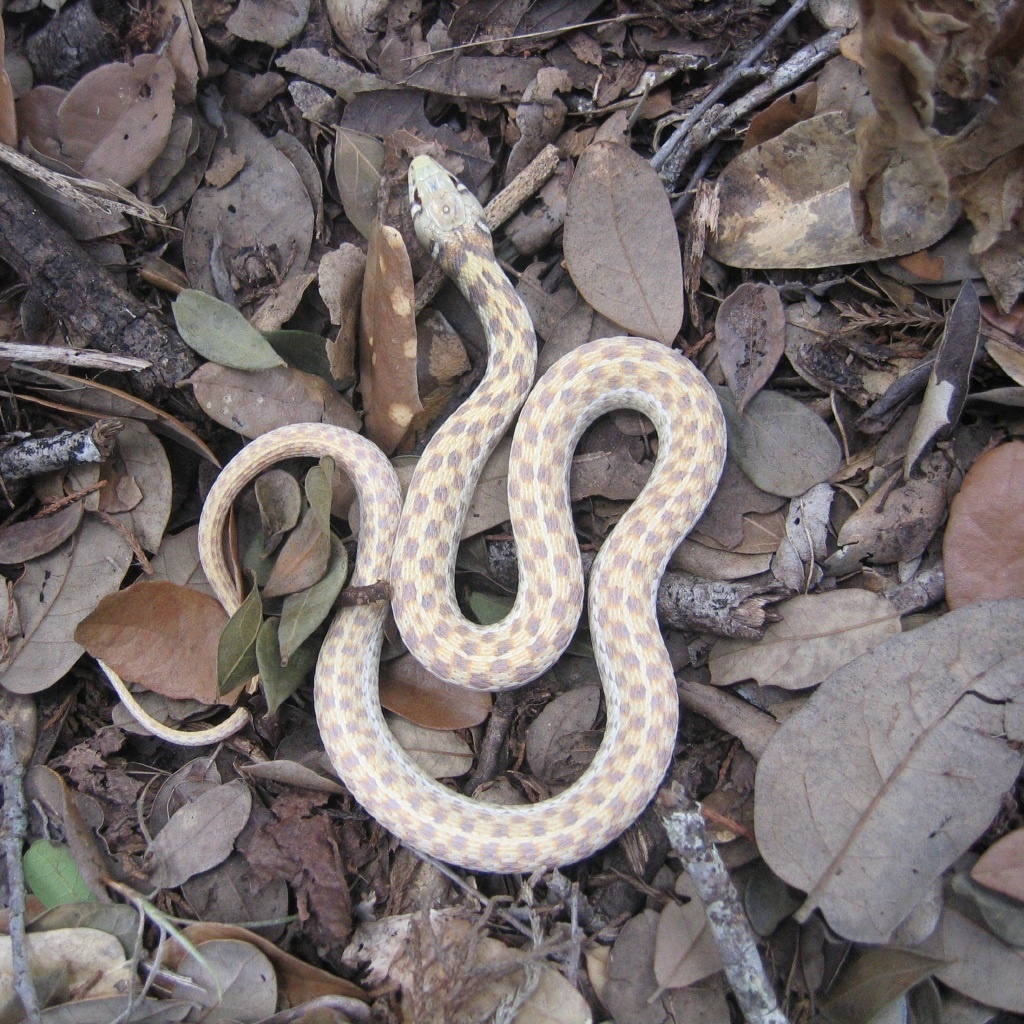
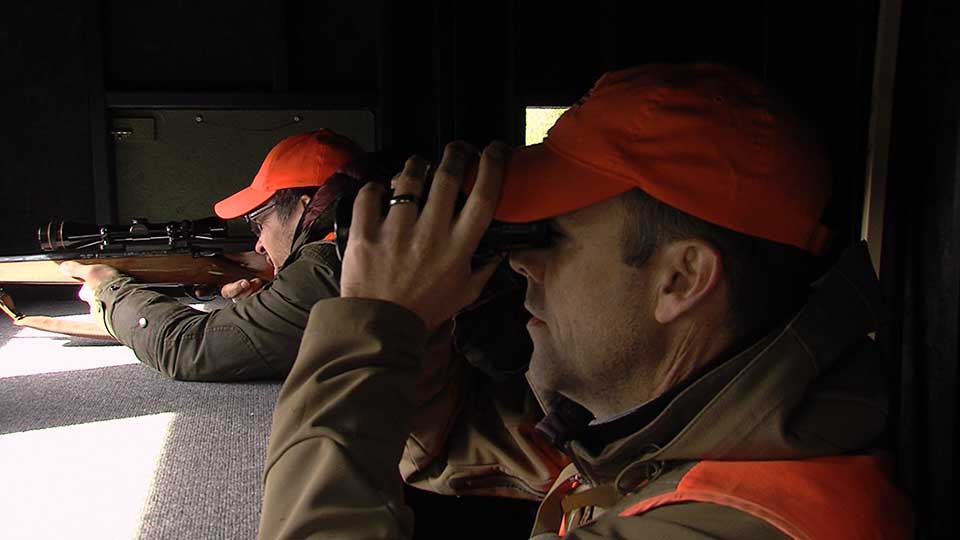

 Passport to Texas is a
Passport to Texas is a  Passport to Texas is made available by:
Passport to Texas is made available by: